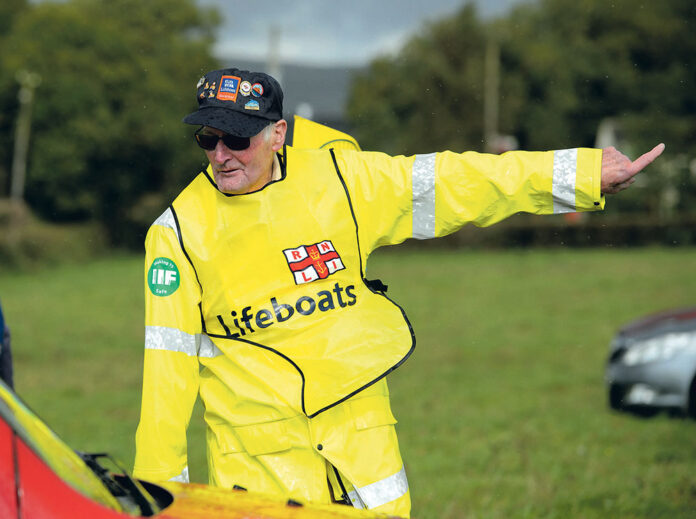SPIRALLING insurance costs were one of the main factors that eventually sunk a voluntary rescue service in Lahinch, according to cone of its co-founders.
In 1974, Tomsie O’Sullivan was one of the people who helped set up the Lahinch Inshore Rescue Service (LIRS).
Insurance premiums soared from €2,500 at the start up to €6,000 over an 18-year period.
All the organisation’s stock had to be insured while separate insurance was required for the use of a vessel and equipment at sea.
In 2017, Tomsie recalled the organisation needed about €4,000 to upgrade equipment to meet national water safety standards, which they didn’t have in their coffers at the time.
Grant aid was not available because the group were operating out of a steel container and would have to build a new small boathouse costing an estimated €20,000 to secure any further financial assistance.
Once the organisation ceased to exist, all the group’s stock, steel container, boat, jet ski and quad with an estimated value of €17,000 was handed over to the Clare branch of the Water Safety Association.
Using the wealth of knowledge he had gained from his decades of voluntary work with the RNLI, Tomsie got the requirements for a 16-foot inflatable boat and the training manual and all the regulations on how to operate it.
Having retired from the FCA as a commandant, Tomsie found the discipline he learned was very helpful running the inshore rescue service.
On average, LIRS used to complete 12 to 15 rescues annually including searching for missing children and assisting with minor injuries.
The LIRS worked to complement the lifeguards and always contacted the gardai and other emergency services when it was necessary to do so.
In the eighties, Tomsie estimated the running cost of the LIRS was €10,000 annually.
In 2016, the service was practically breaking even raising as much as it was spending. Clare County Council provided an annual grant of €2,000 for supporting the lifeguards.
Tomsie explained volunteers had to be equipped with a wetsuit and other equipment.
by Dan Danaher


